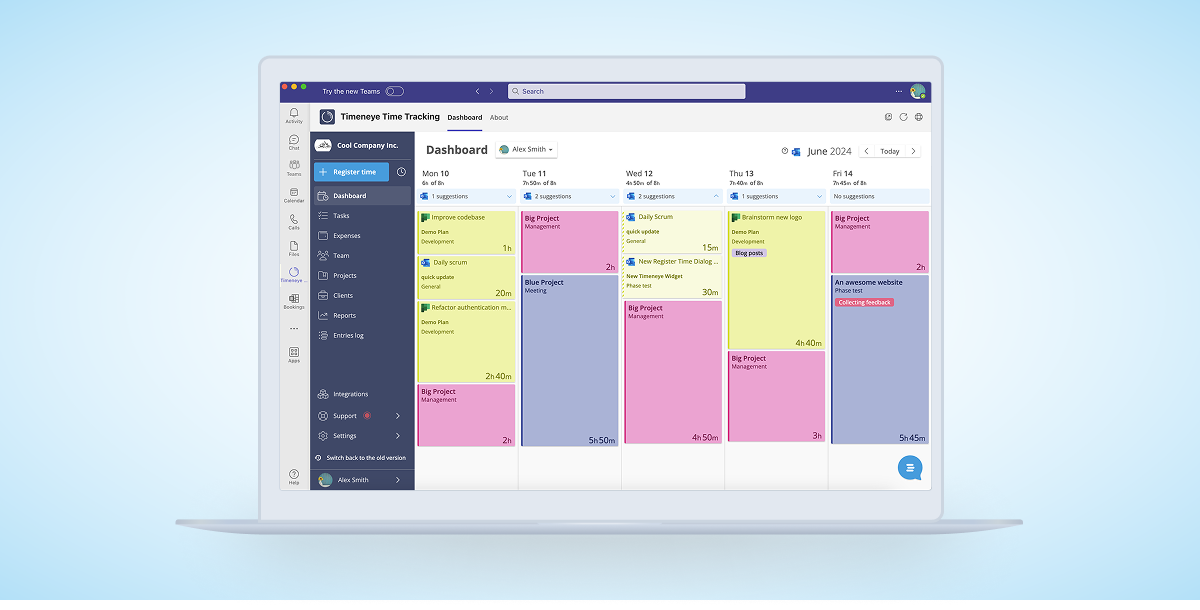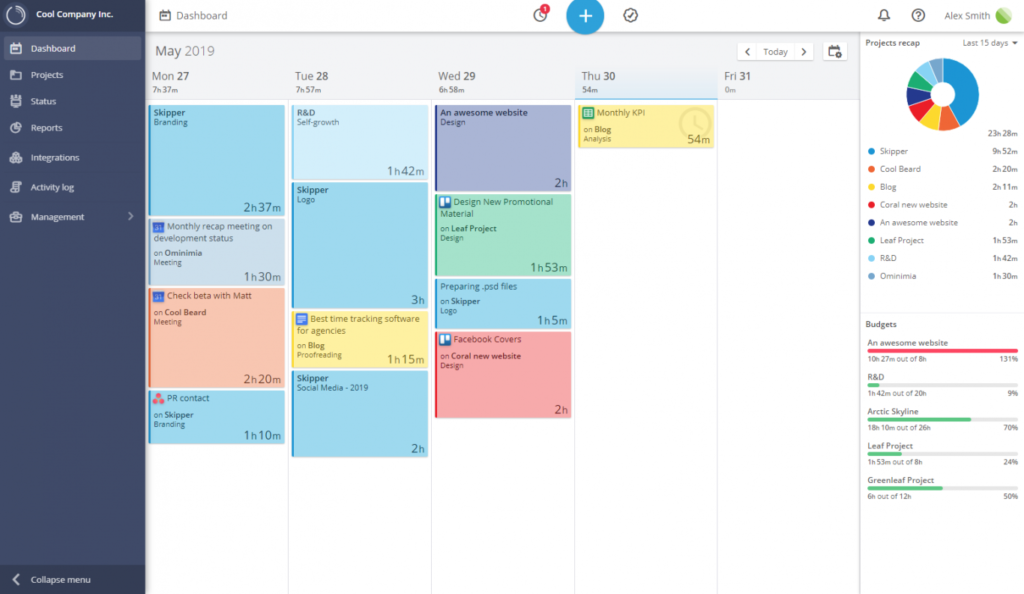Track Time Effortlessly with Our New Monday.com Integration!
Effortlessly track time directly from Monday.com tasks with Timeneye's new browser widget integration, enhancing your productivity and workflow...


The era of the decentralized workforce is properly upon us.
Whether it became part of your company’s operations organically or as a result of external factors like the COVID-19 pandemic, learning how to get the most out of your remote staff’s time is critical.
There are plenty of potential challenges, especially when team members are located in countries with different time zones and contrasting cultures.
Some international teams deal with these naturally, without much need for managerial intervention. Others see a drop in productivity as their teams expand across the globe.
In this article, we aim to help managers in the latter group by looking at how they can get the most out of the hours their international teams spend at work.
Effective time management can’t exist without data on how teams spend their time, especially with teams spread across the globe. There’s no getting around this fact.
And merely having the data is also not enough. Trawling through raw information would be very poor use of a manager’s time.
No successful organization can find leaks in their team’s productivity or effectiveness without a dashboard displaying useful knowledge.
Fortunately, there’s no shortage of affordable, highly customizable third-party tools that create and interpret time management information. And fortunately, many remote workers are not only accustomed to using these time trackers, but they often see the benefit of being very diligent in doing so.
To get the most out of these tools, make sure you’ve created useful metadata describing the different tasks your international team members spend their time on.
You don’t want to get needlessly granular and waste your employees’ time by getting them to log unnecessary tasks. At the same time, you’ll want to avoid being too high-level.
Invest some research time here. Speak to your company’s COO and project managers to find out what constitutes useful time management information.

As with time-tracking, using collaboration software has become the norm with international teams – so much so that even making a case for using them seems redundant.
The benefits of using a cloud-based solution to enable output-specific communication and resource allocation are simply too many to discuss here.
Google Workspace is the go-to solution for teams working on standard files like written documents, spreadsheets, and presentations. However, don’t let this suite’s ubiquity fool you into thinking that this is as far as collaboration software’s reach goes.
Different industries need collaboration solutions offering functionality unique to their needs, and many forward-thinking solution providers are obliging.
Take something like digital asset management as an example. Marketing companies often work on hundreds, if not thousands of images, video, and audio files across many projects and clients.
Knowing who the current owner of each of these media assets is, what work they need to do on it, and who the next assignee would be, as well as enabling discussions to these ends, has become integral features to successful time management.
Delve into the collaboration solutions specific to your industry and seriously consider whether your international team’s productivity will benefit from it.
Members of international teams can often fall into the isolation trap – the feeling that their efforts somehow aren’t making a material contribution to the company’s objectives.
This mindset has a massive impact on their productivity, and the best way to combat it is by being in touch with the team frequently.
Discuss the time constraints and keep the team informed whenever a project they’re working on reaches a milestone. Recognize the individuals involved in achieving it. Communicate the next steps clearly and draw parallels between the team’s output and the company’s strategic goals.
Find other meaningful reasons to communicate with the team, but always ensure that they don’t ever interpret your messages as generic “comms blasts” to the entire company. This will have the opposite effect and could further alienate remote members.
If you motivate your international team members and keep them focused and productive, communication should be short, to the point, and as personalized as possible.
Maintaining “office hours” as they existed a decade ago is simply not realistic when working with an international team.
Time zone differences often mean that resources need to work during times they’d ordinarily spend socializing or sleeping.
If you’re in a position to influence the culture within your organization, try to encourage healthy habits among your remote team members. Encourage them to take frequent breaks if they need to work at night. Suggest they get the most out of their recuperation time by getting enough sleep.
In fact, your team members’ sleep routine has been proven to play a significant role in their efficiency and productivity. For instance, a recent survey by Eachnight has shown that people who wake up naturally, once they’ve had enough sleep, are 10% more likely to feel well-rested throughout the day.
Attempt to create operational practices that encourage employees to follow a natural sleep cycle, rather than one dictated by when they need to be online.
The days of monitoring employees’ hours are behind us.
Instead of measuring a team member’s value by the time they put into work, focus entirely on the quality of their work and their general reliability to deliver it on time. Doing so will help keep your staff motivated and create a culture of flexibility and trust that’s likely to allow people to work, live, and sleep in a way that gets the most out of them.

International teams need a little bit extra in terms of understanding exactly what’s required from them. Analog project management methods can be tricky to implement in a very decentralized environment.
Tools like Trello and Asana make workflow management a breeze compared to old-school tools like MS Project or a complicated shared Google Sheet.
Modern project management is visual, cloud-based, and packed with features that make collaboration and communication easy and intuitive. They also make the administrative side of effective resource and time management a fraction of what it would be without a purpose-built tool.
Another bonus of using a tool like this is that remote team members are always aware of their role in the bigger picture of a project and its place in the organization’s strategic objectives.
Seeing a specific task mapped to a larger goal, as well as their colleagues’ dependencies on it, goes a long way towards fostering a culture of teamwork.
Effective time management is critical to getting the most out of decentralized teams, especially if they’re scattered across the earth’s corners.
Dealing with productivity issues resulting from time zone differences and the lack of physical proximity is something that today’s managers simply have to absorb into their list of responsibilities. Even with the most dedicated teams, these issues seldom solve themselves.
If you find yourself in this role, arm yourself with the knowledge and tools necessary to get the most out of your resources. A deep understanding of how technology and sound business practices will enable this is the first step towards creating this reality.
Cover photo via depositphotos.com
Effortlessly track time directly from Monday.com tasks with Timeneye's new browser widget integration, enhancing your productivity and workflow...
If you work with retainer contracts, the Timeneye recurring budget features will help you make sure you stick to your weekly and monthly budgets.
Boost your productivity with Microsoft To Do. Learn how to create, prioritize, and organize tasks, and track time for your tasks.